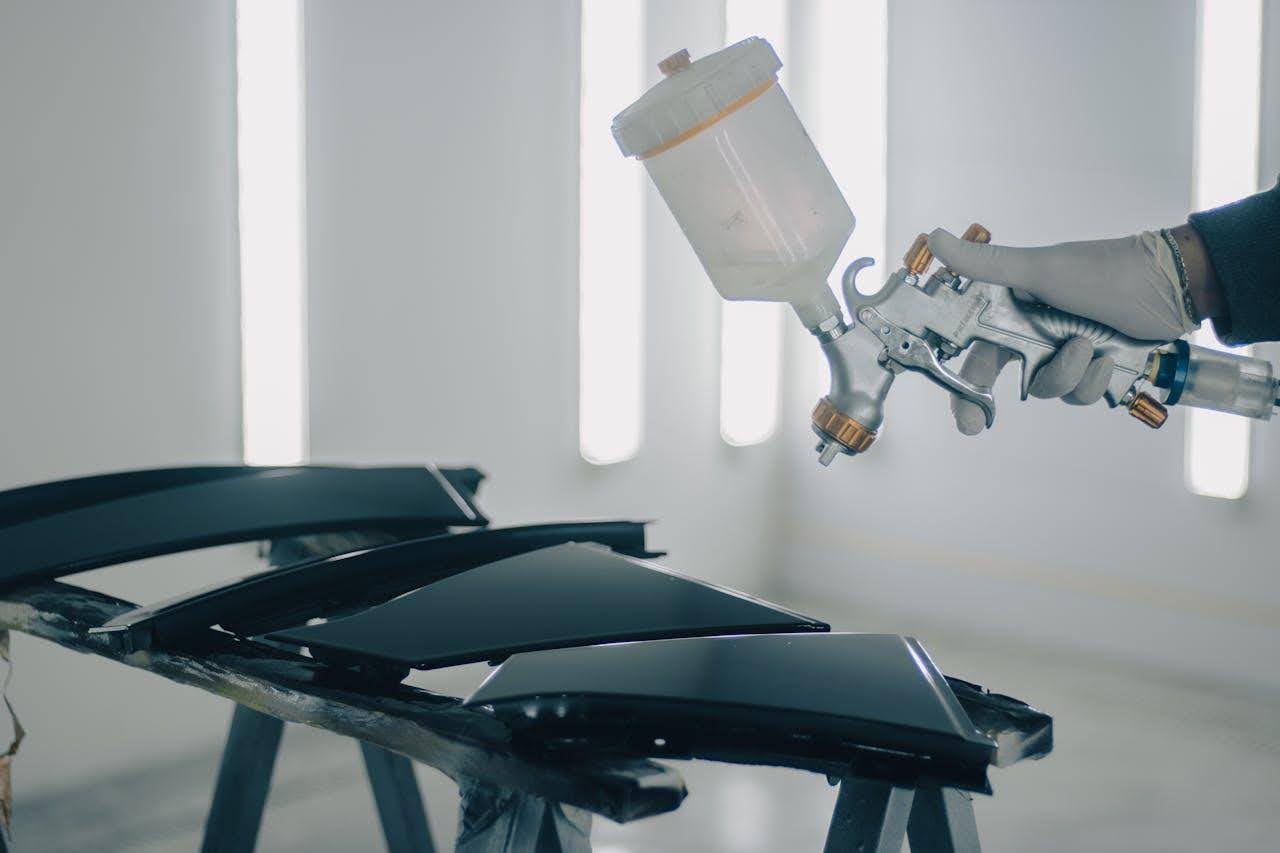Sand gets everywhere. Anyone who has worked in desert conditions knows this truth all too well. Your gear takes a beating, and those protective coatings that keep everything running smoothly start wearing thin fast.
Military equipment needs to perform when lives depend on it. Coatings protect metal surfaces from corrosion, reduce friction, and maintain operational integrity. When sand starts grinding away at these protective layers, your gear becomes vulnerable to failure.
These four tips will help you keep your equipment protected and mission-ready, even when working in the harshest sandy conditions.
Why Sand Damages Coatings So Effectively
Sand acts like nature’s sandpaper. Each grain becomes a tiny abrasive particle that scrapes away protective layers with every movement and vibration.
Fine desert sand can be particularly destructive because it gets into the smallest spaces and creates a grinding paste when mixed with moisture or lubricants. Different types of sand create different levels of damage.
Angular sand particles, common in many desert regions, cut more aggressively than rounded beach sand. The finer the particles, the more they penetrate into mechanisms and create wear in tight tolerances.
Prepare Your Gear before Exposure
Clean everything thoroughly before heading into sandy areas. Remove any existing dirt, old lubricants, or loose coating material that sand can grab onto and accelerate wear.
Apply fresh protective treatments where possible. This includes:
- Renewal coatings on worn areas
- Extra lubrication on moving parts
- Protective films on sensitive surfaces
Check all seals and gaskets. Replace anything that looks questionable. Sand will find the smallest gap and work its way into places you don’t want it.
Select Coatings That Fight Back Against Abrasion
Hard coatings generally outperform soft ones in sandy conditions. Look for ceramic-based or carbide-enhanced options when you have choices. These materials resist scratching and maintain their protective qualities longer under abrasive conditions.
Thickness matters too. Thicker coatings provide more material to wear through before reaching the base metal. However, don’t assume thicker is always better, some applications require specific thickness ranges to function properly.
Consider multi-layer systems where one military powder coating provides hardness while another offers corrosion resistance. This combination approach often delivers better overall protection than single-layer solutions.
Maintain Equipment during Sandy Operations
Establish regular cleaning schedules based on exposure levels. Light sandy conditions might require daily cleaning, while heavy exposure could demand multiple cleanings per day.
Use compressed air to blow sand out of mechanisms before it has time to work deeper into the system. Focus on moving parts, cooling vents, and any areas where sand can accumulate.
Inspect coatings regularly for signs of wear. Catch problems early, and you can often apply field repairs that prevent bigger issues later. Look for:
- Scratched or worn areas
- Color changes that indicate coating failure
- Rough patches where sand has embedded in the surface
Post-Mission Care
Thorough cleaning after sandy operations removes embedded particles that continue causing damage long after the mission ends. Don’t just brush off the surface sand. Use proper cleaning solutions to dissolve any sand-contaminated lubricants or films.
Pay special attention to areas where sand can hide. Crevices, bolt holes, and equipment joints often trap particles that cause ongoing wear. A small brush or pick can help remove stubborn sand deposits.
Relubricate moving parts with fresh materials. Sand-contaminated lubricants become grinding compounds that destroy the very components they’re supposed to protect.
